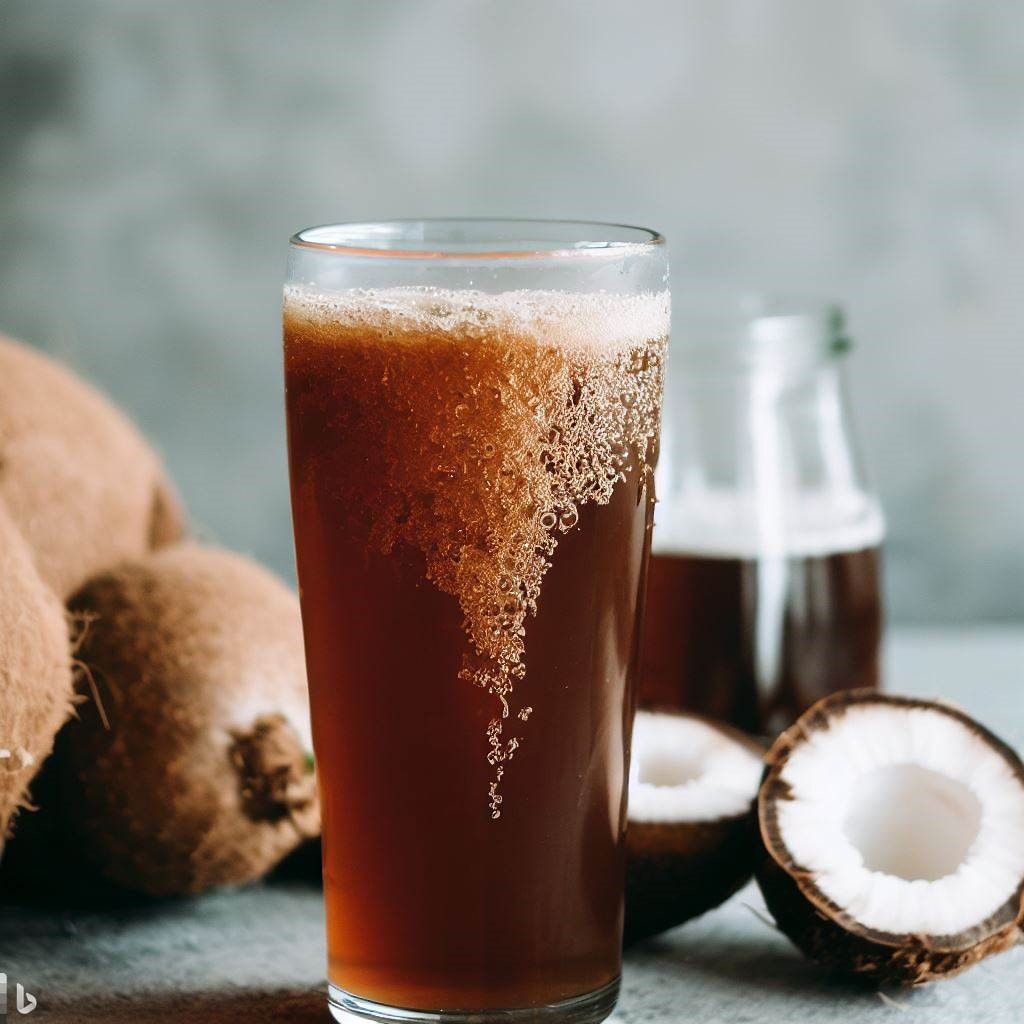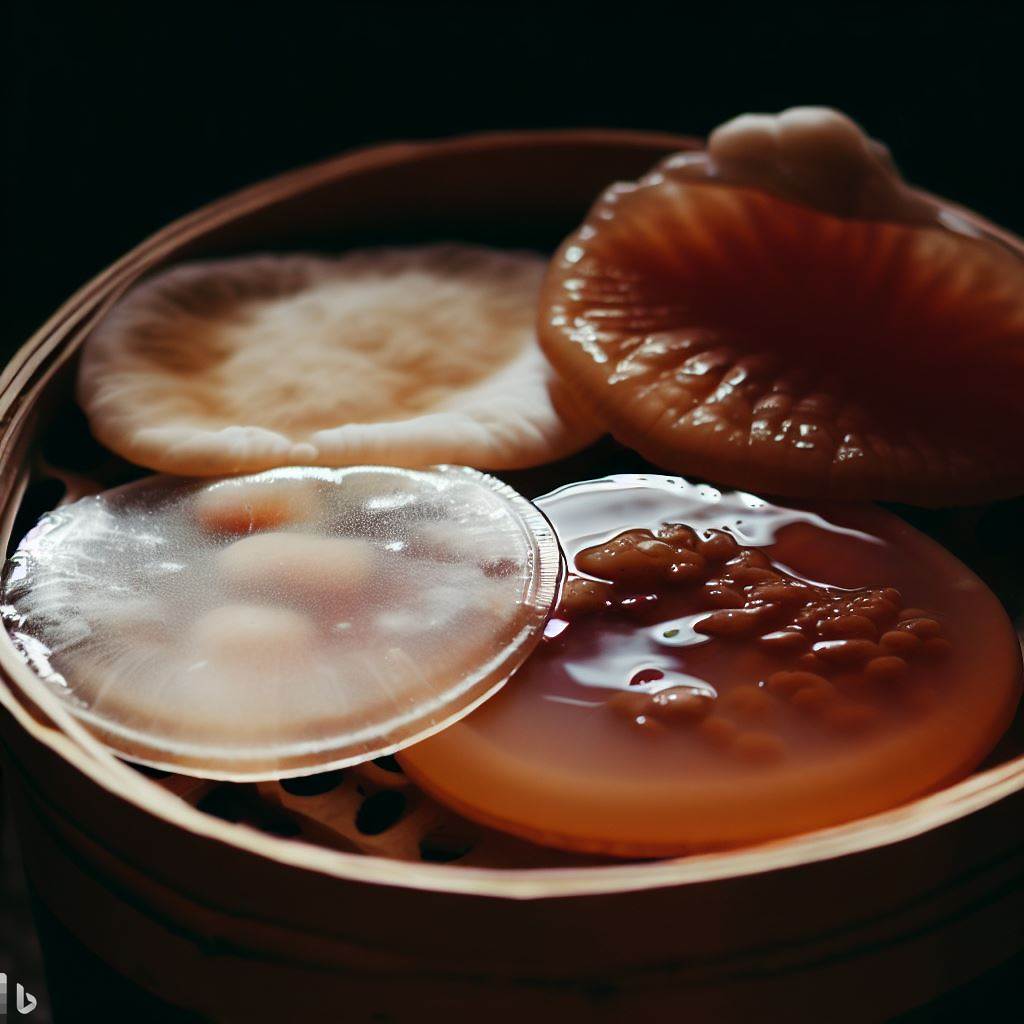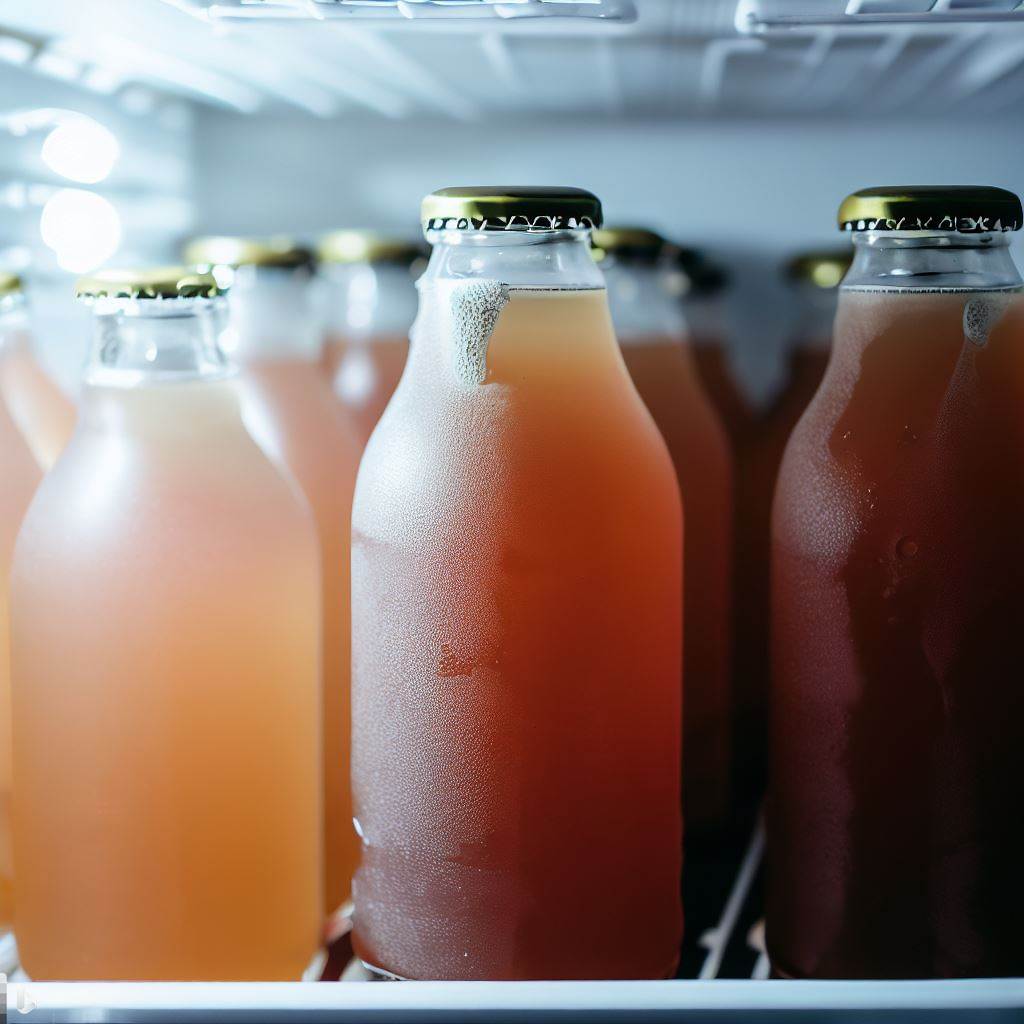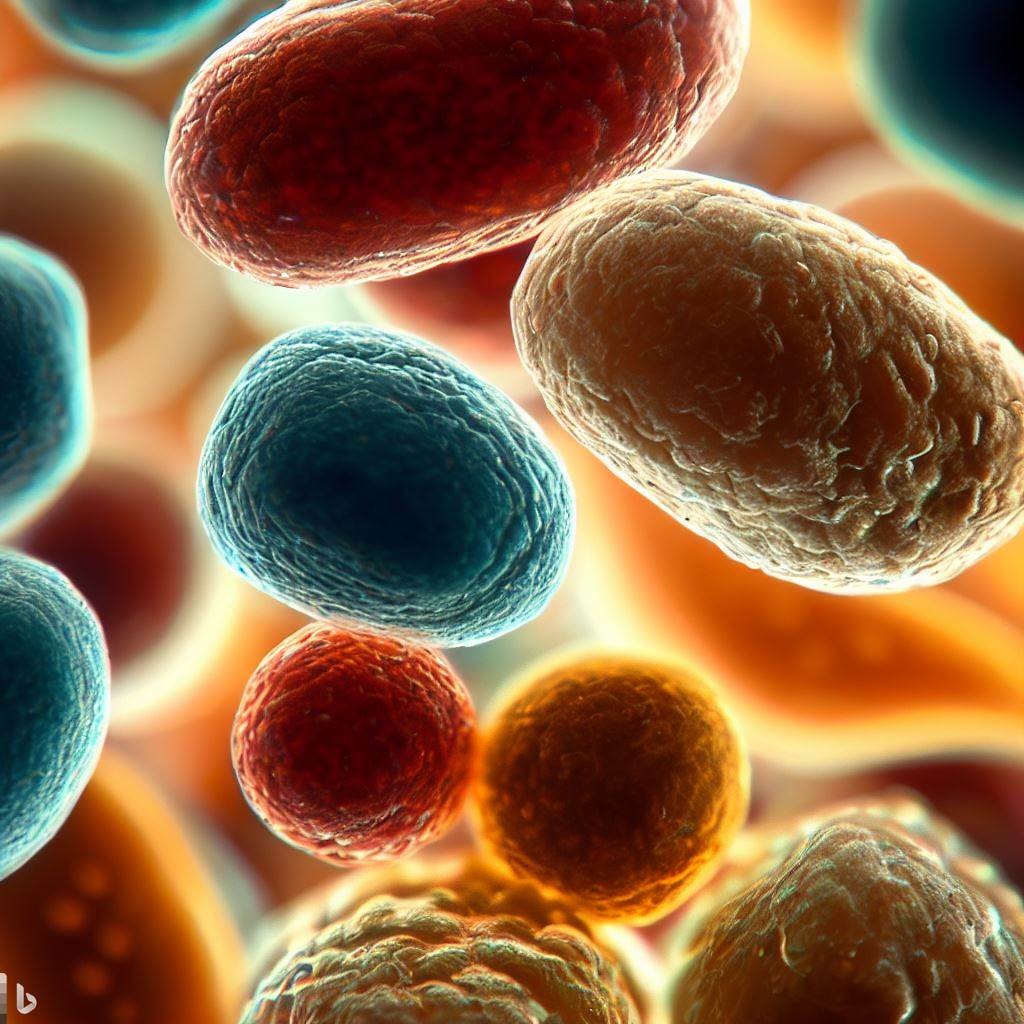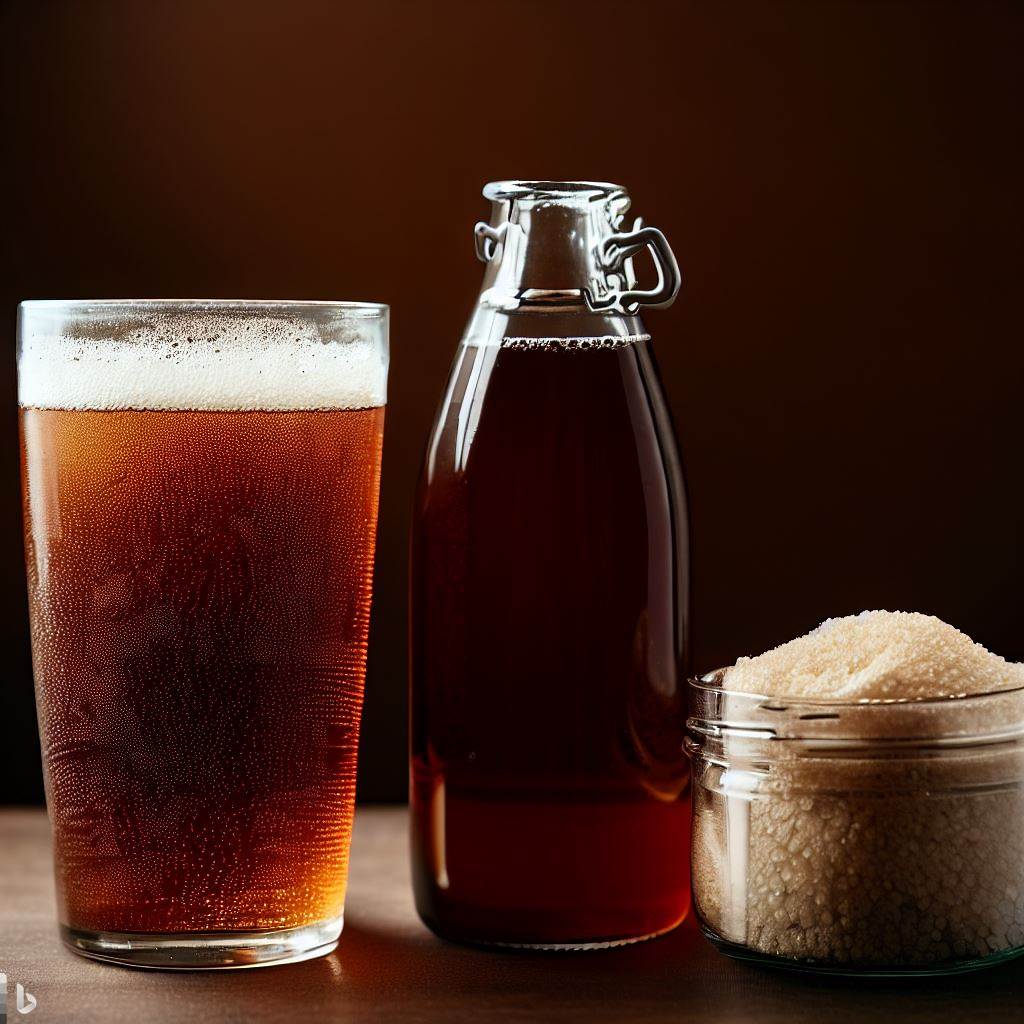Taming the Tang: How to Mellow Your Overly Acidic Brew when Kombucha is too Acidic?
What shoudl you do when your home-brewed kombucha turns out too acidic? Don’t worry, fellow kombucha enthusiasts! This post will guide you through the process of mellowing your overly acidic kombucha, ensuring a balanced, refreshing brew every time.
Understanding the Basics
First, let’s understand the basics. Kombucha fermentation is a delicate dance between yeast and bacteria. The yeast breaks down the sugar in the tea, producing alcohol and carbon dioxide. The bacteria then convert the alcohol into acetic acid, giving kombucha its characteristic tang. However, if the bacteria get too enthusiastic and you ferment too long, your kombucha can end up overly tangy.
Identifying Overly Acidic Kombucha
Before we dive into the solutions, it’s crucial to identify when your kombucha is too acidic. The best way to do this is by tasting your brew. If it makes you squint and pucker up more than you’d like, it’s probably too acidic.
Now, let’s explore some strategies to mellow your kombucha.

Adjust Your Fermentation Time
The simplest way to control acidity is by adjusting your fermentation time. The longer kombucha ferments, the more acidic it becomes. So, if your kombucha is consistently too tangy, try shortening your fermentation period. Remember, the ideal fermentation time can vary based on factors like temperature and the strength of your SCOBY (Symbiotic Culture Of Bacteria and Yeast), so don’t be afraid to experiment.
Balance Your SCOBY
A healthy SCOBY is key to a well-balanced kombucha. If your kombucha is too acidic, it might be a sign that your SCOBY is bacteria-heavy. To rectify this, you can introduce a new SCOBY into your brew that has a balanced yeast to bacteria ratio.
Control Your Temperature
Temperature plays a significant role in kombucha fermentation. Higher temperatures can accelerate fermentation, leading to a more acidic brew. Ideally, kombucha should be fermented at a temperature between 70-75°F (21-24°C). If your brew area is warmer than this, consider moving your kombucha to a cooler location.
Experiment with Tea Types
The type of tea you use can also influence the acidity of your kombucha. Black tea tends to produce a more robust, tangier kombucha, while green tea results in a milder brew. If your kombucha is consistently too acidic, try switching to green tea or a blend of green and black tea.
Second Fermentation Tricks
If your kombucha turns out too acidic, don’t despair! You can still salvage it during the second fermentation. Try adding a bit of sweet fruit juice, such as apple or grape, during the second fermentation. The extra sugar will give the yeast something to feast on, reducing the overall acidity and adding a delightful fruity flavor.
Use Acidic Kombucha as a Starter
Overly acidic kombucha isn’t a total loss. You can use it as a starter tea for your next batch. Ideally you use about 2 cups of starter tea per gallon of booch brew. The high acidity will kickstart the fermentation process, and if you adjust your fermentation time, you can avoid the over-acidity in your new batch.
Add Water & Ice
A simple, yet effective solution to an overly tangy Kombucha brew is to add some good old water and ice to the mix. This should cut the tang and get the brew to be more palatable to your tastes. Do not that when you do this it very may well lessen the carbonation. But the ice can be a nice way to make the Kombucha chilled very quickly.
Conclusion
In conclusion, brewing kombucha at home is an art, and like any art, it requires practice and patience. If your kombucha turns out too acidic, don’t be disheartened. Use the strategies outlined in this post to adjust your brewing process and achieve a more balanced, mellow kombucha. Remember, the key to a great kombucha is in the balance of sweetness and acidity, and with a little experimentation, you’ll find the perfect balance for your taste buds. Happy brewing y’all!
Want to Check out More? Read some additional GMK Blog Posts:



